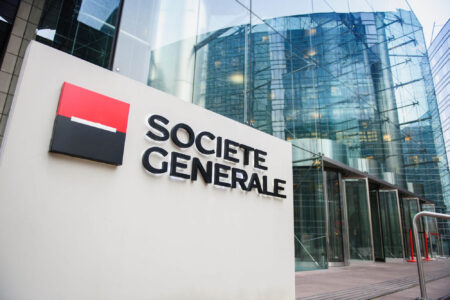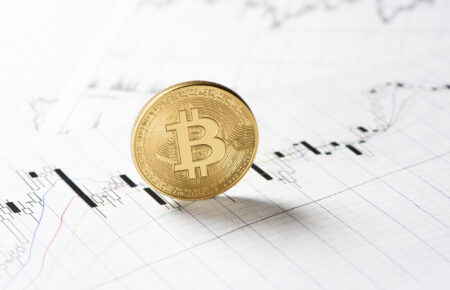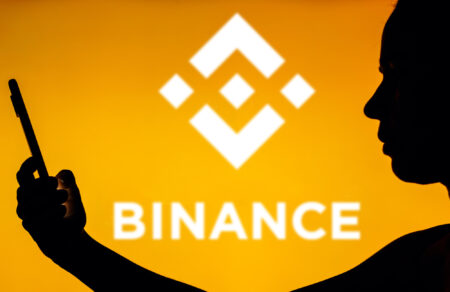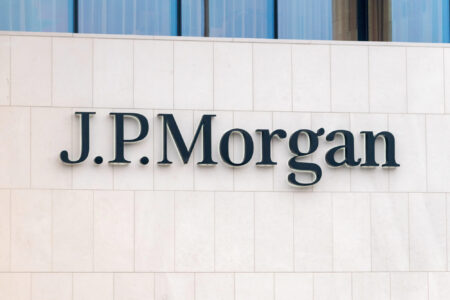What happened this week in the world of blockchain and cryptocurrencies? The most relevant local and international events as well as appealing background reports in a concise and compact weekly review.
Selected articles of the week:
One and a half years ago, the city of Lugano launched “Plan B”. Based on the popular Bitcoin slogan, the initiative was intended to mark the launch of a new Swiss crypto hub. In collaboration with the leading stablecoin issuer Tether, Lugano made it easier for hundreds of local businesses to accept crypto payments. In the same style, all municipal bills can now be paid with cryptocurrencies. These include taxes for individuals and legal entities, fines and all invoiced services. This consolidates Bitcoin’s status as a legal tender in the city of Ticino.
The city of Lugano is expanding its payment options for all city invoices with the cryptocurrencies Bitcoin (BTC) and Tether (USDT).
For private investors, the primary blockchain use case is dealing with cryptocurrencies; alternative currencies that use a decentralized ledger (DLT) as a basis. Traditional financial institutions are also opening up to digital assets. However, their focus remains on the tokenization of conventional assets. This involves representing shares, commodities, bonds or other securities as tokens on the blockchain. Société Générale, one of France’s largest banks, used this technology to issue a digital green bond. The first transaction amounts to 10 million euros worth of senior unsecured preferred bonds on the Ethereum blockchain.
Société Générale, one of France’s largest banks, issued its first digital green bond on a public blockchain.
The Bitcoin price is preparing for its eighth green weekly close in a row. Such a pattern was last seen in spring 2017. One of the drivers of the parabolic rise remains the expectation of a spot-based Bitcoin ETF in mid-January 2024. However, alternative cryptocurrencies, so-called altcoins, are also gradually catching up. The rapidly increasing appetite for risk is reflected in the strong price performance of memecoins; cryptocurrencies with no utility whatsoever.
A complete overview of the day’s events on the (crypto) markets. Compactly summarized in the CVJ.CH Market Commentary.
Non–fungible tokens (NFTs) are unique digital assets based on blockchain technology. They are used to verify and represent ownership of unique items, often digital artworks, collectibles or gaming items. One of the more well-known NFT collections is the Meebits. The collection was introduced in May 2021 by the creators of CryptoPunks, the leading NFTs by market capitalization. Unlike other NFTs, Meebits come with important files for use in virtual worlds. A complete overview.
Meebits are an Ethereum NFT collection of 3D digital collectible characters or avatars owned by the Bored Ape creators Yuga Labs.
Also: Binance, the world’s largest cryptocurrency exchange, has reached an agreement with the US Department of Justice to pay a fine of USD 4 billion to avert an impending lawsuit for illegal transactions in the US. The news triggered a surge in the price of Bitcoin, reflecting hopes for better regulation as well as cooperation between the authorities and exchanges. The agreement could also benefit Binance and its US subsidiary Binance.US, which could benefit from the increased demand for a regulated platform.
Binance has reached an agreement with the US Department of Justice to pay a fine of USD 4 billion. But what impact will this event have on the market?









